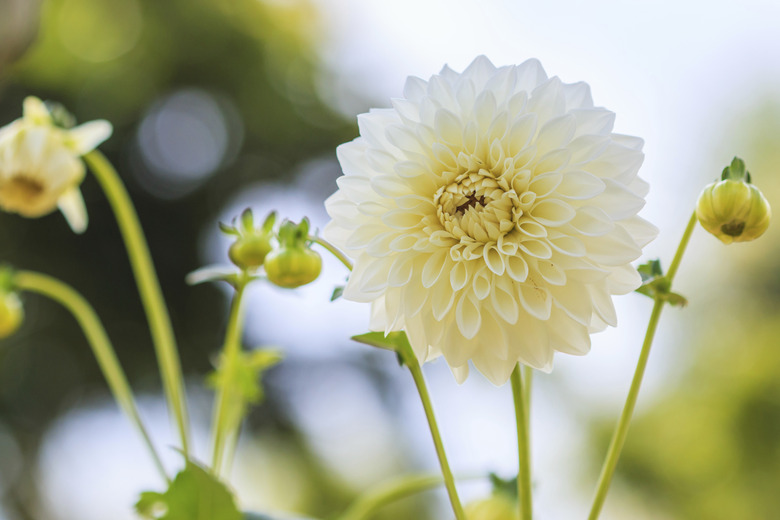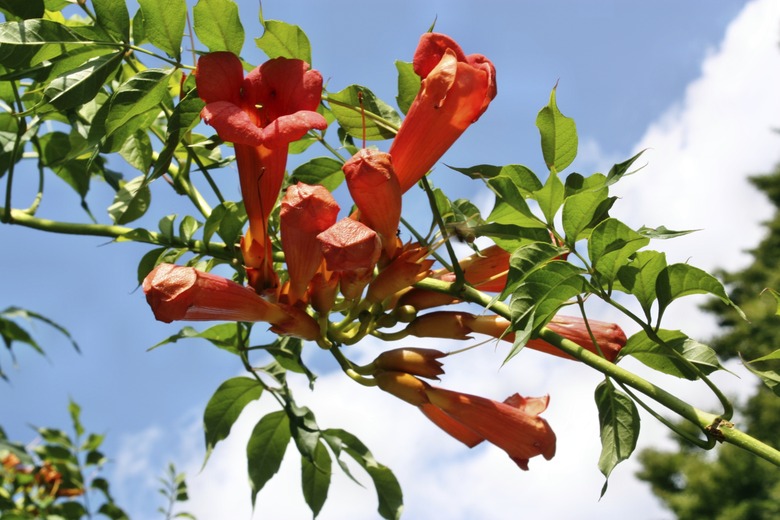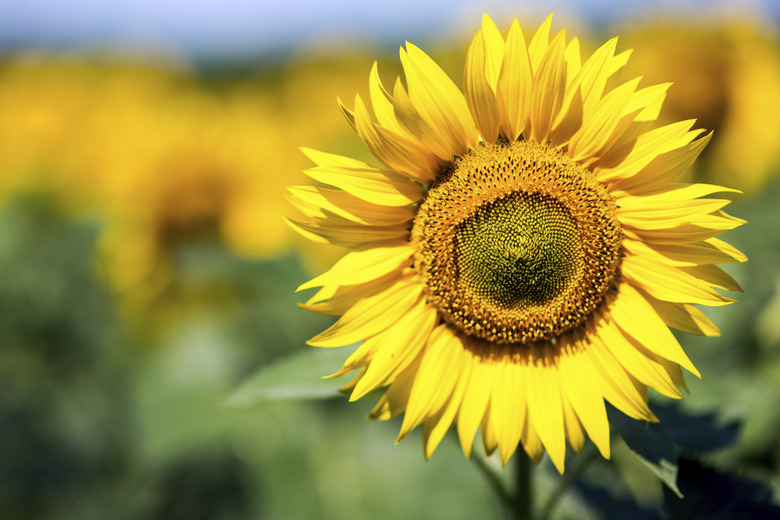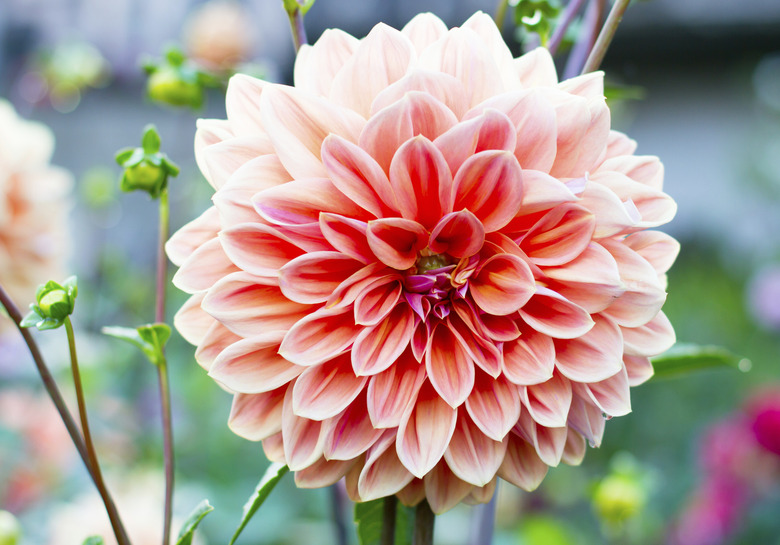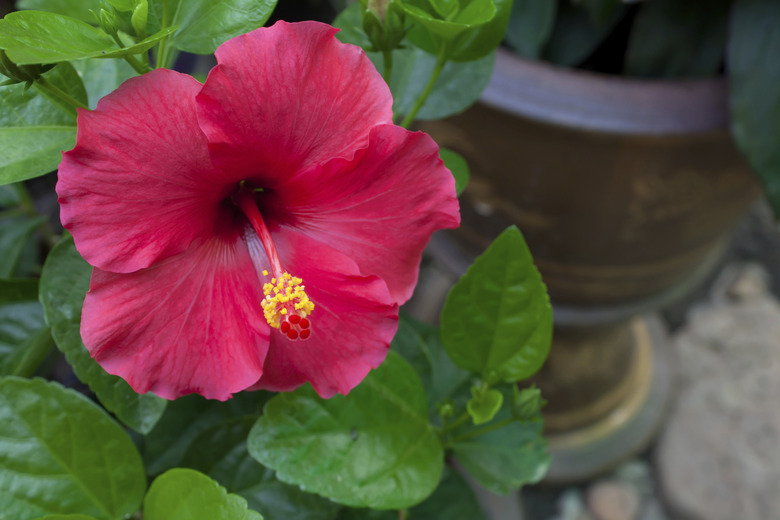A List Of Flowers With No Smell
The brightest flowers are often fragrance-free because they attract birds, which have no sense of smell. Flowers have fragrances to attract pollinators like bees, moths, beetles and other insects. The fragrances come from oils in the flower petals. Fragrance-free flowers are usually bright and attractive in other ways, like having long stamens or ornate petal structures to attract pollinators without an aroma.
Scarlet Gilia
Scarlet Gilia
The scarlet gilia, also called a skyrocket, is a bright red or dark pink fragrance-free flower. The skyrocket is named because its flower resembles a slim trumpet. The stalk can grow 1- to 3-feet tall and the flower is 2 to 3 inches wide. The skyrocket is one of the most omnipresent wildflowers in the western U.S. While its leaves have a light foul scent, the flowers have no aroma.
Sunflower
Sunflower
An ancient, native American flowering plant without a scent is the sunflower, Helianthus annuus. The oils found in the seeds, however, are one of the world's leading oil seed crops, with soybeans coming in first. Pollinators for the sunflower are attracted to the seeds and the bright yellow petals instead of a strong aroma. Birds, bees, moths, gnats and beetles are all attracted to the flower as a food source.
Dahlias
Dahlias
Dahlias are a common garden flower with an ornate, layered petal structure and no fragrance. The flowers grow naturally in frost-free climates and by seed in colder areas. The flowers range from 6 to 7 inches wide to just 1- or 2-inch wide blooms in a range of bright colors from purple to yellow to magenta. Blooming season lasts from July until the first frost, usually around May or April.
Hibiscus
Hibiscus
A tropical perennial flower that grows 1- to 3-feet tall is the hibiscus flower. Gardeners grow the unscented flower in nontropical climates and bring them into greenhouses or indoors for colder months. The red, purple, yellow, white, pink, orange vibrant flowers grow in the hottest time of the year. The hibiscus draws humming birds and butterflies to its nectar through its long stamen.
References
- U.S. Forestry Service: Celebrating Wildflowers: Scent; Plant Pollination Strategies
- Utah State University Extension: Range Plants; Scarlet Gilia (Skyrocket)
- Ohio University Extension Ohio State University Extension Fact Sheet: Growing Dahlias; Horticulture and Crop Science; Jack Kerrigan
- University of Texas at Austin: Wildflower: Native Plant Database; Hibiscus (martianus)
- Purdue University Horticulture Department: Sunflower
